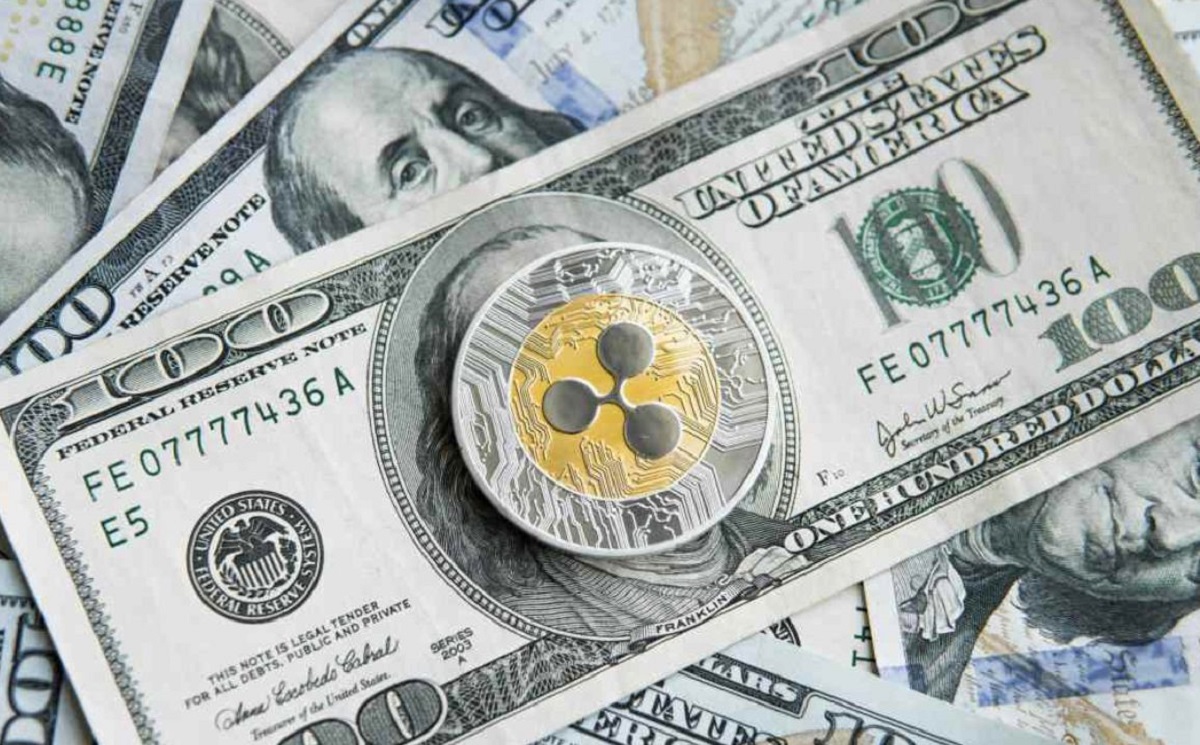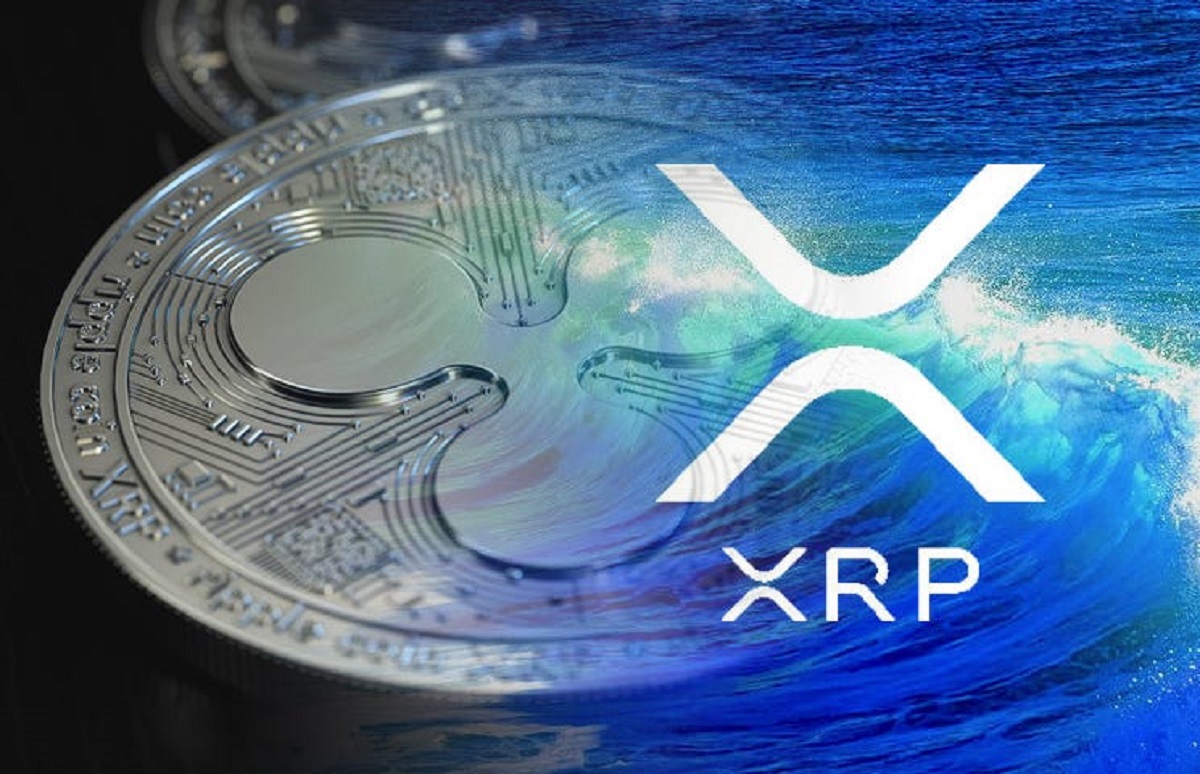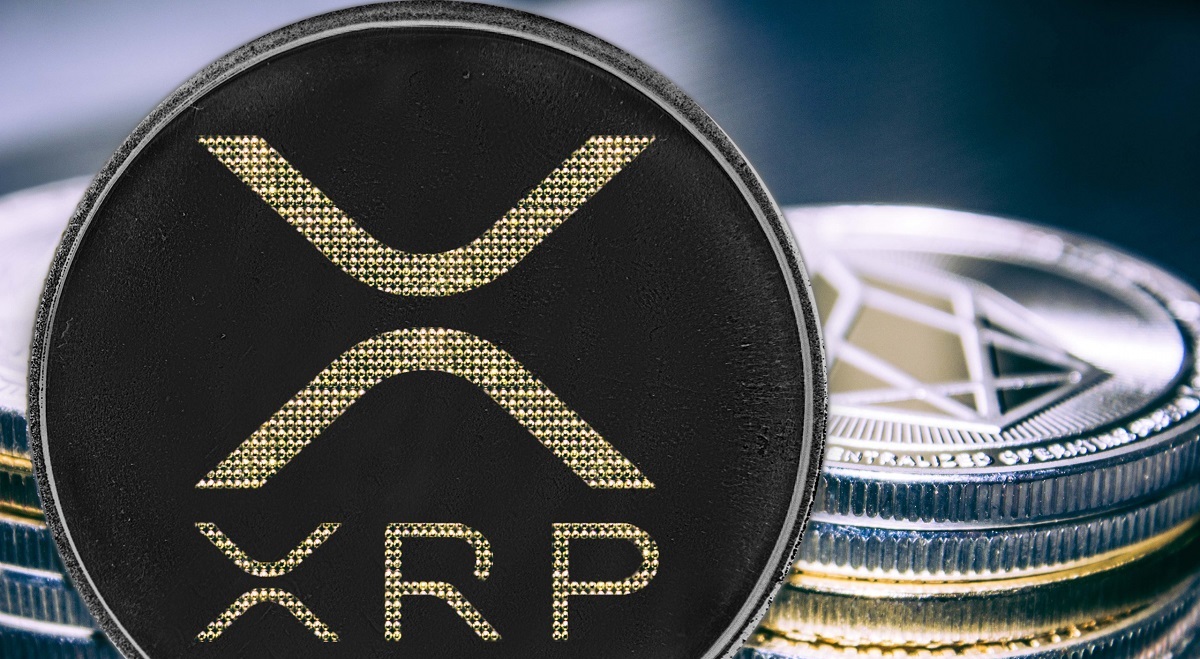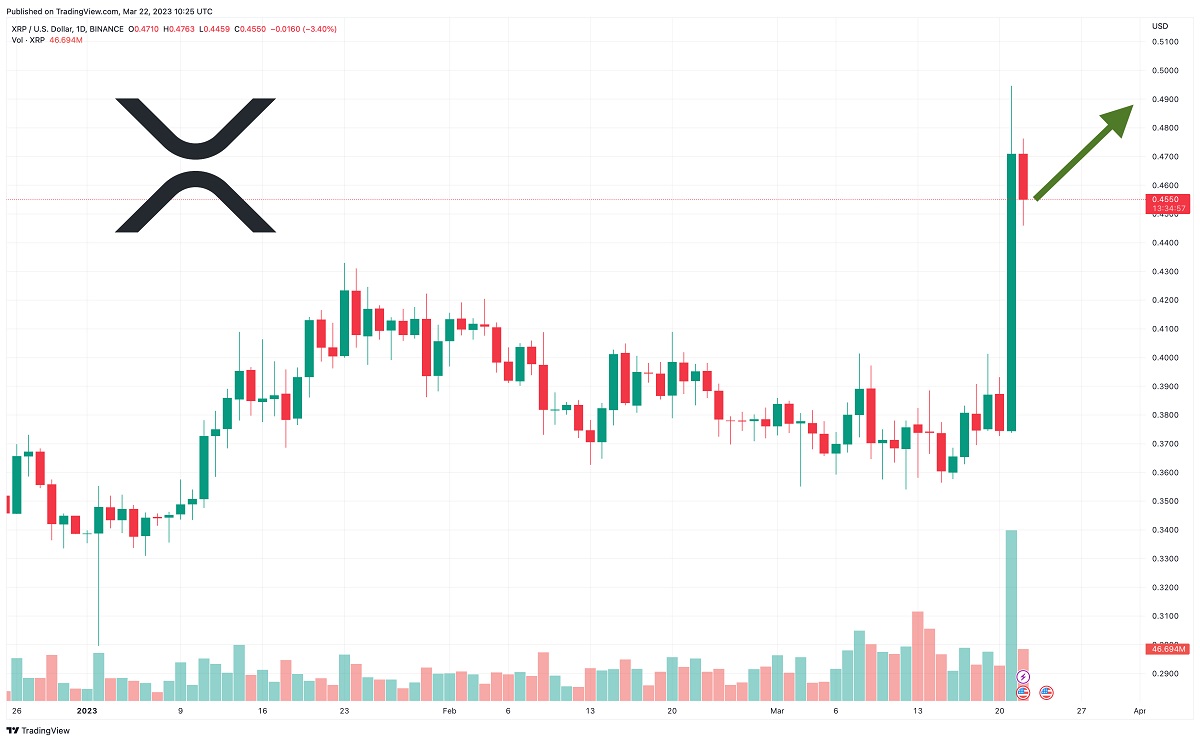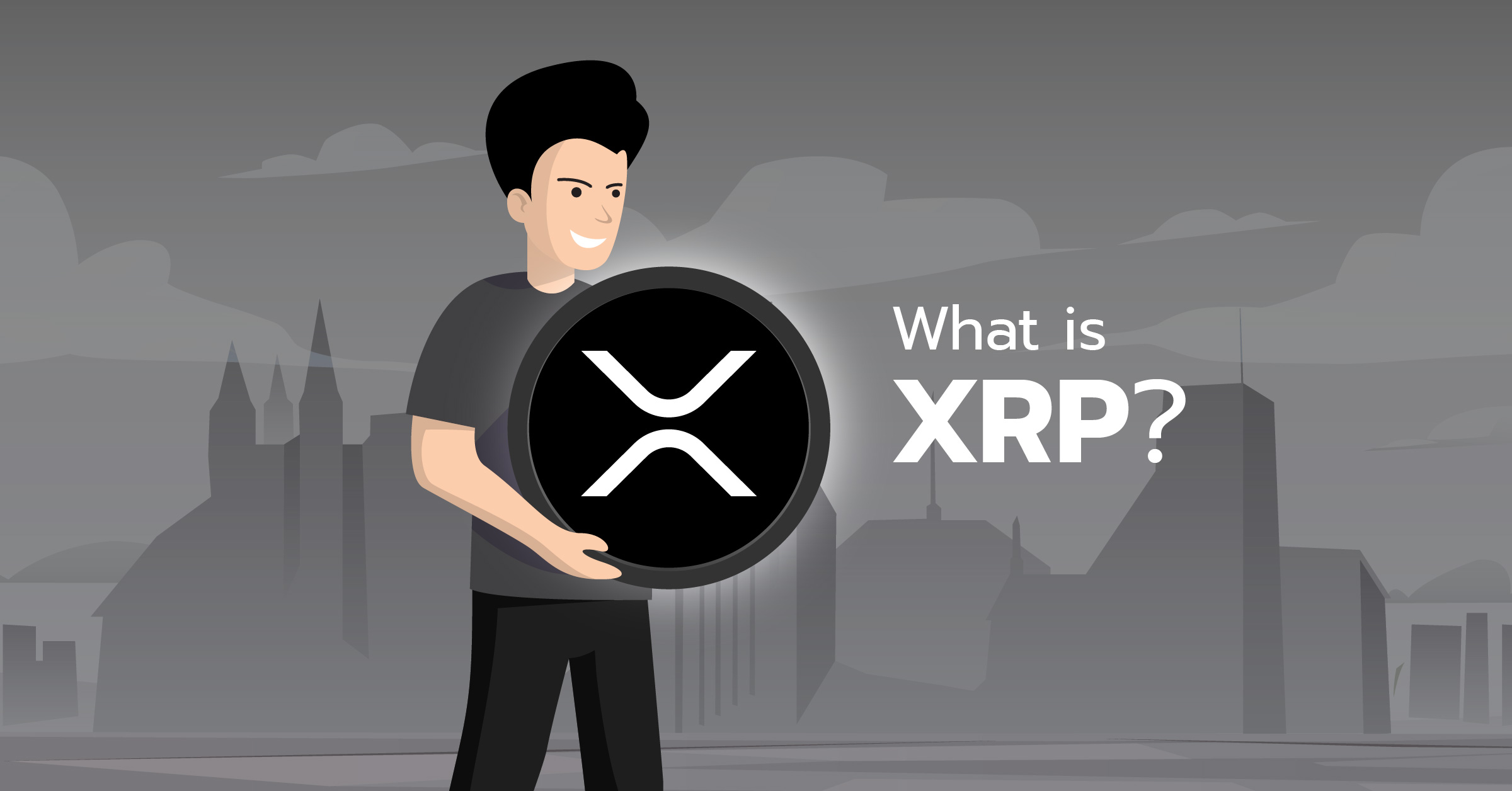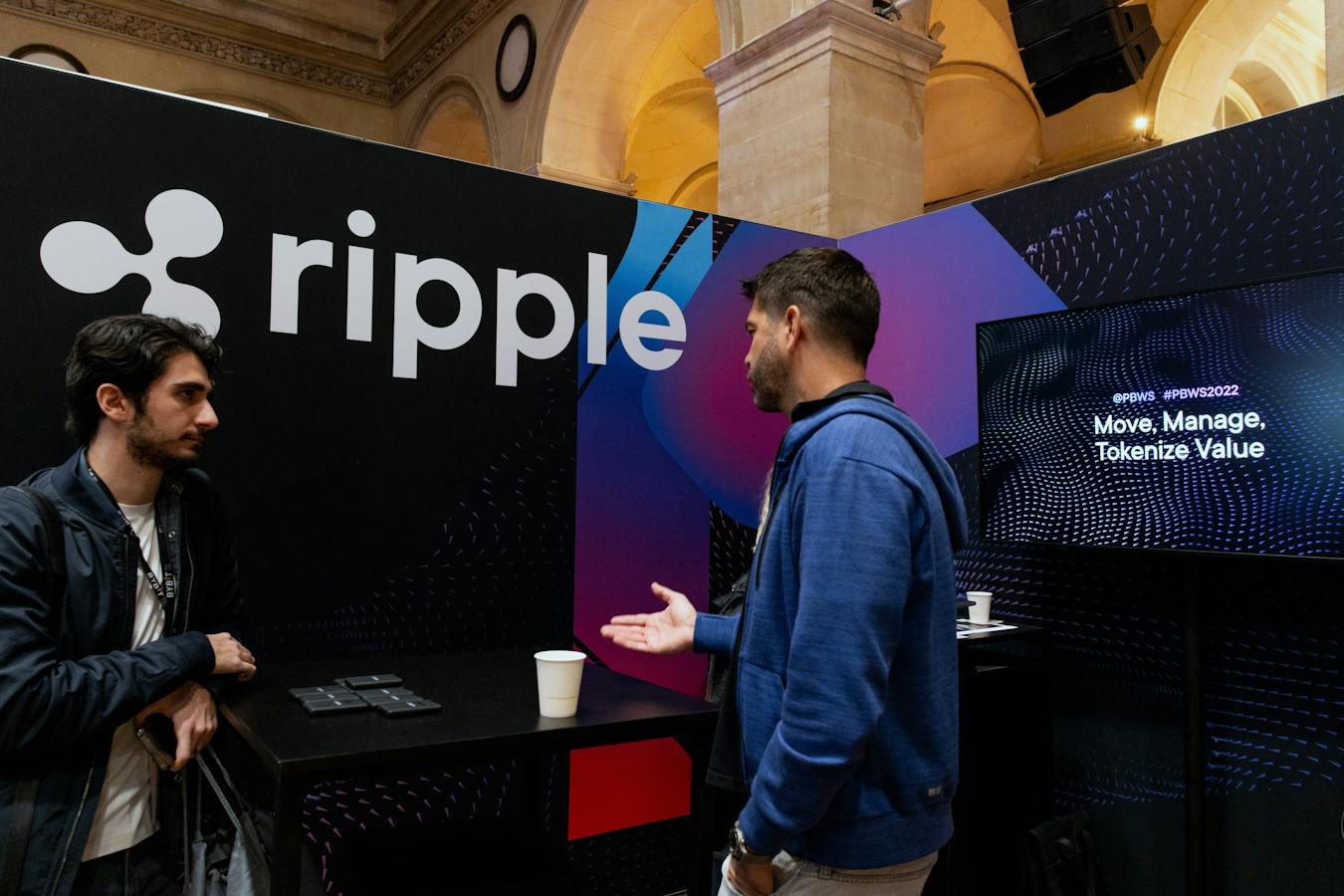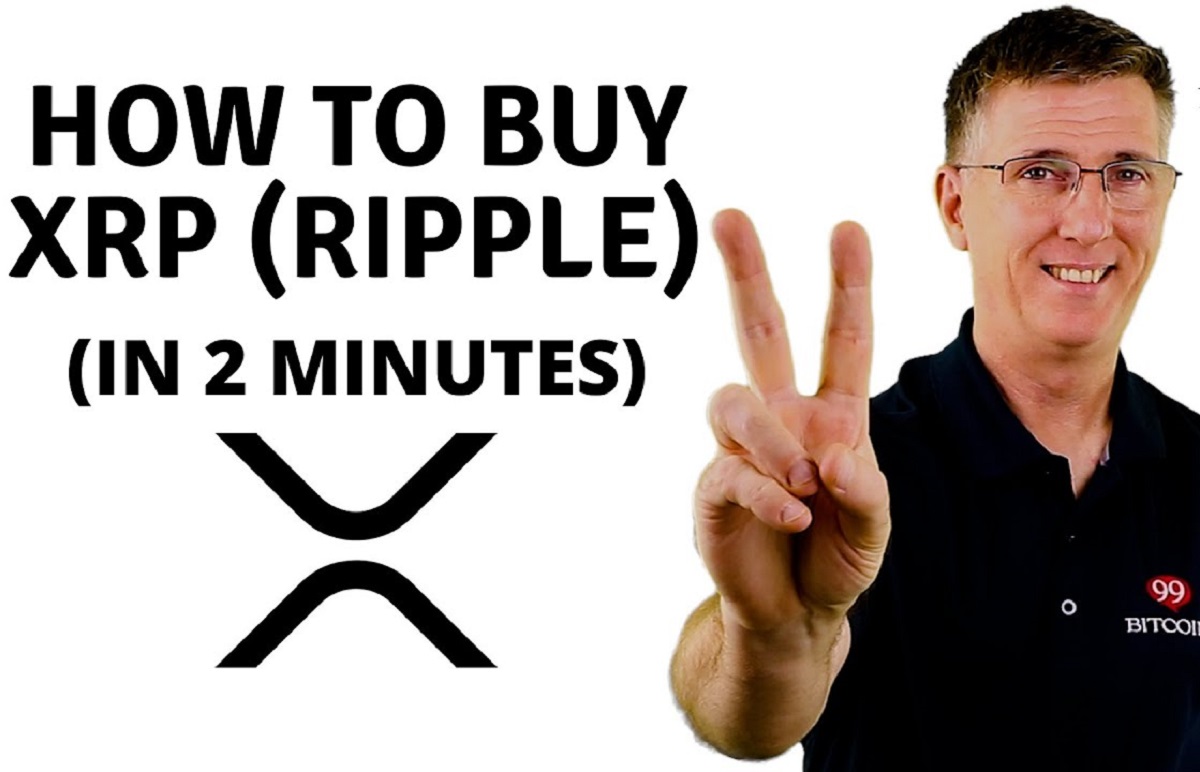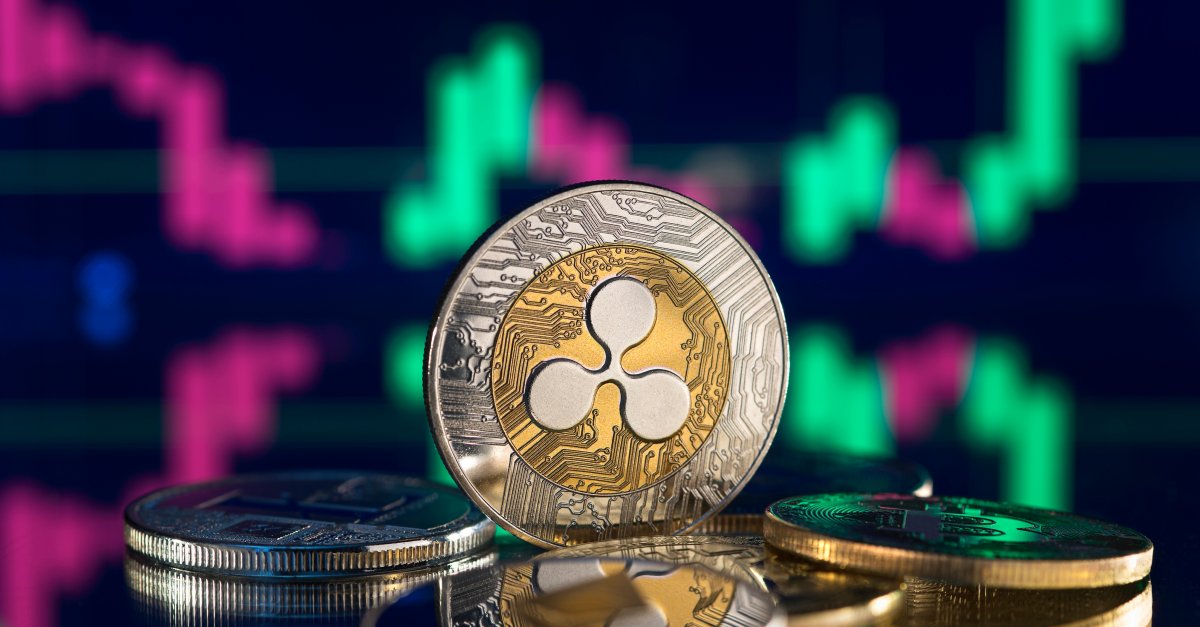Introduction
Ripple XRP is a digital asset and cryptocurrency that has gained significant attention in the financial sector in recent years. What sets Ripple XRP apart from other cryptocurrencies is its focus on facilitating fast and low-cost international money transfers for banks and financial institutions. The Ripple network utilizes a decentralized blockchain technology to enable secure and instant transactions.
Many traditional banks across the globe have recognized the potential benefits of integrating Ripple XRP into their operations. By adopting Ripple XRP, these banks can offer faster cross-border payments, improved liquidity management, and reduced transaction costs.
In this article, we will explore which banks are currently utilizing Ripple XRP in different regions of the world. It is important to note that the integration of Ripple XRP can vary among banks, with some using it for specific purposes and others implementing it on a larger scale.
By understanding which banks are utilizing Ripple XRP, we can gain insight into the growing adoption of this digital asset and its potential impact on the future of global banking.
Banks using Ripple XRP in the United States
The United States is at the forefront of blockchain and cryptocurrency adoption, and it’s no surprise that several banks in the country have embraced Ripple XRP for various purposes.
One of the notable banks using Ripple XRP is PNC Bank. PNC Bank, one of the largest banks in the United States, has integrated Ripple’s technology to enable real-time cross-border payments. By leveraging Ripple XRP, PNC Bank can offer its customers faster, more cost-effective, and transparent international transactions.
Another prominent player is MoneyGram, a leading global money transfer company. MoneyGram has partnered with Ripple to utilize its On-Demand Liquidity (ODL) solution, which leverages XRP for instant settlements. This partnership allows MoneyGram to enhance its remittance services by providing faster and more efficient transfers, particularly in corridors with low liquidity.
Coinbase, one of the most popular cryptocurrency exchanges in the United States, has also recognized the potential of Ripple XRP. While Coinbase primarily serves as a platform for buying and selling various cryptocurrencies, it provides its users with the option to trade Ripple XRP. This integration allows Coinbase customers to benefit from the liquidity and potential price appreciation of Ripple XRP.
Additionally, Santander USA, the American subsidiary of the Spanish banking giant Santander, has integrated Ripple XRP into its blockchain-based payment application called One Pay FX. This platform enables fast and cost-efficient international transfers, with Ripple XRP acting as a bridge currency between different fiat currencies.
These are just a few examples of banks in the United States that have embraced Ripple XRP. The increasing adoption of Ripple XRP by financial institutions in the country signifies its potential to revolutionize the cross-border payments landscape, providing benefits such as increased efficiency, lower costs, and improved transaction speed.
Banks using Ripple XRP in Europe
Ripple XRP has made significant inroads in the European banking sector, with several banks recognizing the value it brings to cross-border payments and remittances.
One of the notable banks leveraging Ripple XRP in Europe is Santander. As a global banking giant, Santander has been an early adopter of Ripple’s technology. Through its One Pay FX platform, Santander offers its customers the ability to send fast and low-cost international payments using Ripple XRP as a bridge currency. This integration has helped streamline cross-border transactions and improve the overall customer experience.
Another European bank utilizing Ripple XRP is BBVA, a leading financial institution based in Spain. BBVA has integrated Ripple’s technology into its banking processes, enabling faster and more efficient international transfers for its customers. By leveraging Ripple XRP, BBVA can provide secure and transparent cross-border payment solutions that help reduce costs and transaction time.
Furthermore, several banks in the United Kingdom have also embraced Ripple XRP. One such bank is Standard Chartered, which has partnered with Ripple to explore the potential of blockchain technology in cross-border payments. The collaboration aims to enhance financial services and improve customer experience by utilizing Ripple XRP for real-time settlements.
Additionally, Swiss-based UBS has joined forces with Ripple to explore the use of blockchain technology in optimizing liquidity management. By integrating Ripple XRP, UBS aims to improve operational efficiencies and enhance liquidity management for its clients.
These are just a few examples of banks in Europe that have integrated Ripple XRP into their operations. The growing adoption of Ripple XRP in the region signifies the recognition of its potential to revolutionize international payments, making them faster, more secure, and cost-effective.
Banks using Ripple XRP in Asia
Asia has been an active participant in the adoption and integration of Ripple XRP, with several banks in the region recognizing its potential to streamline cross-border transactions and improve financial services.
One of the notable banks in Asia using Ripple XRP is SBI Holdings, a prominent Japanese financial services company. SBI Holdings has been a long-standing partner of Ripple and has integrated Ripple’s technology across its various subsidiaries. Through its MoneyTap mobile app, SBI Holdings enables real-time and low-cost domestic transfers using Ripple XRP, offering its customers enhanced convenience and efficiency.
Kuwait Finance House (KFH), one of the leading Islamic banks in Kuwait, has also embraced Ripple XRP. With the goal of providing faster and more secure cross-border transactions, KFH has partnered with Ripple to utilize its blockchain-based technology. By leveraging Ripple XRP, KFH aims to enhance its remittance services, particularly for customers sending money to Southeast Asian countries.
In South Korea, Woori Bank, one of the largest commercial banks in the country, has recognized the benefits of Ripple XRP. Woori Bank has joined the RippleNet network to facilitate faster and more cost-effective cross-border payments. This integration allows Woori Bank to offer its customers enhanced liquidity and improved transaction speed.
ICICI Bank, one of the prominent banks in India, has also adopted Ripple XRP for its cross-border payment solutions. By leveraging Ripple’s technology, ICICI Bank can provide its customers with faster and more efficient international transfers, reducing costs and processing times.
These are just a few examples of banks in Asia that have embraced Ripple XRP. The growing adoption of Ripple XRP in the region signifies its potential to transform the financial industry, particularly in cross-border transactions, by offering faster, more secure, and cost-effective options to customers.
Banks using Ripple XRP in Australia
Australia has been actively embracing blockchain technology, with several banks in the country recognizing the potential of Ripple XRP to revolutionize cross-border payments and enhance financial services.
One of the banks utilizing Ripple XRP in Australia is National Australia Bank (NAB). NAB has joined the RippleNet network to leverage Ripple’s technology for faster and more efficient cross-border transactions. Through this integration, NAB aims to provide its customers with enhanced transparency, reduced costs, and improved transaction speed.
Another notable player is Westpac Banking Corporation, one of the leading banks in Australia. Westpac has partnered with Ripple to explore the potential of blockchain technology in remittance services. The collaboration aims to enhance international money transfers for Westpac customers, utilizing Ripple XRP’s fast and secure settlement capabilities.
Furthermore, SBI Group, a prominent Japanese financial conglomerate, has extended its Ripple XRP integration to SBI Australia. SBI Australia aims to leverage Ripple XRP’s technology to enable faster and more cost-effective cross-border payments for its customers, strengthening its position in the Australian market.
Moreover, FlashFX, an Australian-based digital currency transfer platform, has integrated Ripple XRP into its services. By utilizing Ripple XRP, FlashFX offers its users fast and secure money transfers with competitive exchange rates, catering to the growing demand for efficient cross-border transactions in the digital age.
These are just a few examples of banks and financial institutions in Australia that have recognized the benefits of Ripple XRP. The adoption of Ripple XRP in the country signifies its potential to transform the traditional banking industry, offering faster and more cost-effective cross-border payments while increasing transparency and efficiency.
Banks using Ripple XRP in South America
South America has seen a growing interest in blockchain technology and its potential to revolutionize financial transactions. As a result, several banks in the region have embraced Ripple XRP for cross-border payments and remittance services.
One of the notable banks in South America utilizing Ripple XRP is Banco Santander. As a global banking giant, Banco Santander has integrated Ripple’s technology into its operations across multiple countries, including those in South America. By leveraging Ripple XRP, Banco Santander aims to offer faster and more efficient cross-border transactions to its customers, enhancing the overall banking experience.
In Brazil, several financial institutions have partnered with Ripple to leverage its technology and enhance their services. Banco Rendimento, one of the largest foreign exchange institutions in the country, has integrated Ripple XRP into its operations to facilitate fast and secure international money transfers. This integration enables Banco Rendimento to offer its customers improved cross-border payment solutions with lower costs and increased speed.
Additionally, Itaú Unibanco, one of the largest banks in Brazil and Latin America, has joined the RippleNet network to explore the potential of Ripple XRP in cross-border transactions. By integrating Ripple’s technology, Itaú Unibanco aims to enhance its remittance services, providing its customers with faster and more cost-effective international transfers.
Furthermore, SendFriend, a remittance platform focused on serving the Filipino diaspora, has expanded its services to South America. SendFriend uses Ripple’s technology, including Ripple XRP, to offer its customers fast, secure, and low-cost remittance services. This integration allows for seamless cross-border transactions between South America and the Philippines.
The adoption of Ripple XRP in South America signifies the region’s recognition of the benefits of blockchain technology in improving cross-border payments and remittance services. By leveraging Ripple XRP, banks and financial institutions in South America aim to provide their customers with faster, more secure, and cost-effective international transactions.
Banks using Ripple XRP in Africa
Africa has shown increasing interest in blockchain technology, and several banks on the continent have recognized the potential of Ripple XRP in transforming cross-border payments and remittance services.
One of the notable banks in Africa leveraging Ripple XRP is Standard Bank Group. As one of the largest banks in Africa, Standard Bank has partnered with Ripple to explore the benefits of blockchain technology in enhancing cross-border transactions. Through this collaboration, Standard Bank aims to improve the efficiency and speed of its international payment processes, benefiting both individual customers and businesses.
Furthermore, Egyptian National Bank has also integrated Ripple XRP into its operations. By adopting Ripple’s technology, the bank aims to streamline its cross-border payments, offering faster and more cost-effective remittance services to its customers. This integration enables Egyptian National Bank to provide secure transactions with enhanced transparency.
In addition, Tether, the popular stablecoin provider, has expanded its presence in Africa by integrating with Ripple’s network. Tether’s integration allows users in Africa to access and transact with USDT, a stablecoin pegged to the US dollar, through Ripple XRP-based platforms. This integration brings increased accessibility and liquidity to the African market.
Moreover, BitPesa, a blockchain-based payments platform, utilizes Ripple XRP to facilitate cross-border transfers in Africa. BitPesa focuses on enabling fast and cost-effective remittances and corporate payments, harnessing the advantages of Ripple XRP’s efficient settlement capabilities.
The adoption of Ripple XRP in Africa signifies the region’s recognition of the potential of blockchain technology in improving financial services. By leveraging Ripple XRP, banks and financial institutions in Africa aim to provide their customers with faster, more secure, and cost-effective cross-border transactions, contributing to the economic growth and development of the continent.
Conclusion
Ripple XRP has gained significant traction in the global banking sector, with numerous banks and financial institutions across different regions embracing its technology to enhance cross-border payments and remittance services. The adoption of Ripple XRP signifies its potential to revolutionize the traditional banking industry, offering faster, more efficient, and cost-effective international transactions.
In the United States, banks like PNC Bank, MoneyGram, and Coinbase have integrated Ripple XRP into their operations, enabling faster and more transparent cross-border payments. In Europe, banks such as Santander, BBVA, and Standard Chartered have recognized the benefits of Ripple XRP in improving liquidity management and enhancing customer experience. In Asia, banks like SBI Holdings, Woori Bank, and ICICI Bank have embraced Ripple XRP to provide faster and more secure cross-border transfers. Australia’s National Australia Bank, Westpac, and FlashFX have integrated Ripple XRP to streamline international transactions and reduce costs.
In South America, Banco Santander, Banco Rendimento, and Itaú Unibanco are leveraging Ripple XRP to offer faster and more cost-effective remittance services. In Africa, banks like Standard Bank Group and Egyptian National Bank are exploring the benefits of Ripple XRP in improving cross-border payments and introducing greater transparency. Furthermore, platforms like SendFriend and BitPesa are utilizing Ripple XRP in Africa to facilitate seamless and low-cost remittance services.
The increasing adoption of Ripple XRP by banks and financial institutions around the world highlights its potential to transform the global financial landscape. By providing faster transaction settlements, improved liquidity management, reduced costs, and enhanced customer experience, Ripple XRP has positioned itself as a game-changer in the traditional banking industry.
As blockchain technology continues to evolve, Ripple XRP is at the forefront of revolutionizing cross-border payments and remittance services. Its decentralized network, combined with the transparency and security of blockchain, offers a promising solution for the challenges faced by traditional banking systems.
With the ongoing integration of Ripple XRP into various banking operations worldwide, it is clear that this digital asset is poised to shape the future of global finance, making cross-border transactions faster, more efficient, and accessible to individuals and businesses alike.







